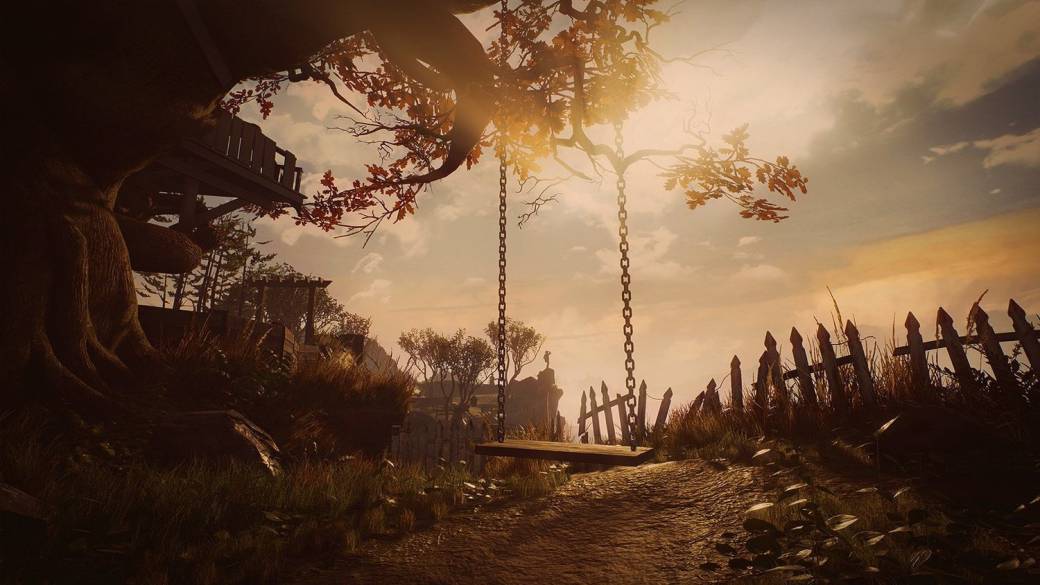
From its creation to the present: we review the origin and development of the video game subgenre known as the walking simulator.
With the release of the first Paradise Lost gameplay, the latest from PolyAmorous and All in! Games, during the video game streaming presentation called Future Games Show, the eternal debate that usually brings with it any work that fits within the walking simulator subgenre: is it or is it not a video game? Despite the fact that there are not a few years that have passed since it was created, the debate has not yet been settled, because, as a result of the aforementioned case, discussions have been opened on platforms such as Steam to carry it out once more. Therefore, today, we try to shed a little light on this category, reviewing its origin, evolution and the problem itself.
The birth of a new subgenus
The roots of the walking simulator category date back to the 1980s, when freelance programmer Graham Relf developed a game called Explorer for the ZX Spectrum computer. It was a first-person video game full of places to be visited where, in addition to searching, you could explore. In collaboration with the graphic artist Simon Dunstan, he took a step forward towards recreating realistic environments, achieving an impressionistic sense of scale, the use of unusual distance and a high quality in the design of the surroundings. Despite the technical innovation of the work, it went unnoticed, as titles such as Pac-Man or Contra and companies such as Nintendo captured all the attention from both critics and players at that time.

Years later, in 2003, Mary Flanagan developed Domestic, an interactive experience that redefined the scenarios of first-person shooters in order to reconstruct the memory of a childhood fire. It may not be the only one, but it is one of the first examples of digital experiences similar to those offered by games that we categorize today as a walking simulator. However, it was not until the end of the first decade of the 21st century that the term appeared.
Its reason for being was none other than its use as an insult, becoming popular in forums of all kinds when the independent video game Dear Esther was published, a title previously developed as a mod for Half-Life 2 by The Chinese Room. The gameplay of this game prevented the players from classifying it as such, because, in reality, it does not provide any type of challenge, simply exploring an island while listening to the voice of the protagonist talking about his deceased wife.
What is meant by walking simulator?
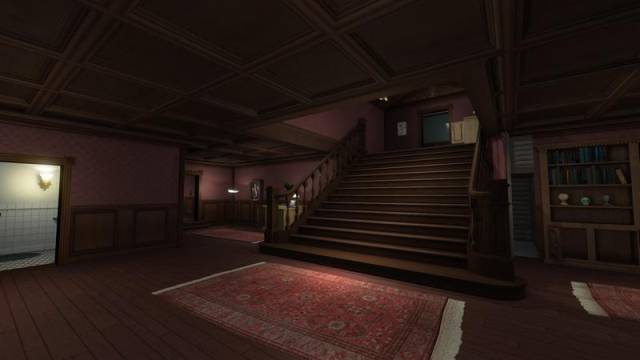
Walking simulators are games in which, in general, you have to walk to discover the history they hide, using mechanics that transform the classic conception of them in an incessant search for expressiveness and innovation. However, like any other genre or sub-genre of video games, they have a number of characteristics in common.
In addition to having to move from one point to another to discover a story, in this type of video game, generally, players have to find a series of objects that may or may not be part of the main story, but which, in the same way, complete it. For this, these titles enable interaction by moving around the scenes, manipulating objects and / or holding conversations. All this in order to solve small puzzles or puzzles and, in this way, advance, either with the story, or to another area of the map, as in Ether One, a game developed by White Paper Games in 2014. Although it should be noted that it is possible to find games that do not have them.
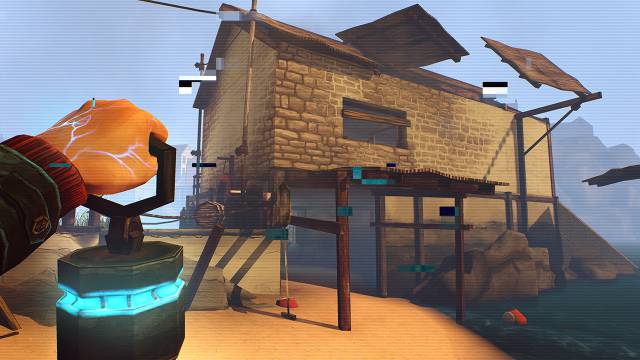
Another characteristic is the absence of enemies, although, if there are any, they do not involve a direct confrontation, as in Among the Sleep, a game developed by the independent studio Krillbite. In it, players have to avoid being discovered by some kind of monsters and shadows. At this point, it is necessary to clarify that in this type of game you do not usually die, as they try to avoid penalizing the player in this way.
From ridicule to awards
Although the most famous version of Dear Esther was released in 2012, the original stemmed from a Half-Life 2 mod that was developed for Steam in 2008. At the time of its release, it caused controversy among critics and critics alike. audience by requiring little interaction from the player. At first, being such a novel work and different from anything that had been seen until then, some critics and players called this game as a story or interactive experience, until the walking simulator label was originated and popularized. Without being aware of it, at that moment, a revolution started.
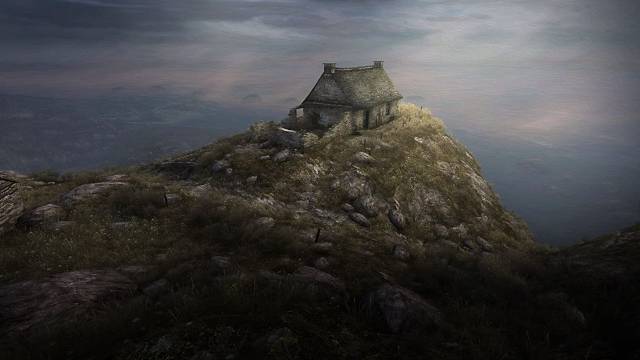
Dear Esther offers the story of two characters, Esther and Paul, told by a third character who acts as the narrator. Everything happens in one of the Hebrides Islands, in Scotland, except the story, which happens in London. Throughout the game, the narrator tells the story out loud in a fragmented and almost random way, since, to discover it in its entirety, the player must explore, on foot, each and every corner of the island.
Three years later, the same studio developed Everybody’s Gone to the Rapture, a work considered the spiritual successor to Dear Esther due to its similarities, beginning with the controversy it generated after its publication. The story of Everybody’s Gone to the Rapture takes place in Yaughton, a fictional town located in the United Kingdom, and takes place during the eighties. Although it has two protagonists, the scientists Kate and Stephen, during the game we meet other inhabitants, as well as their stories, while we discover what the last moments of all of them were like before the attack that caused the town to be uninhabited. Our mission is to discover what happened by scanning, activating radios and telephones, and viewing scenes.

A separate point was Gone Home, which, thanks to the acclaim from the critics, the players got closer to this type of video game. Such was the furor it caused with its release that, a short time later, it received several awards, including the BAFTA for best debut game. In Gone Home, we put ourselves in the shoes of Kaitlin, a teenager who, upon returning from a trip, finds out that her sister Sam has left home. Therefore, the objective is none other than to discover why he has left. To do this, we have a few dozen rooms filled with a multitude of objects with which to interact and examine.
A few years later, in 2016, Firewatch went on sale, one of the first games of the walking simulator genre with which, really, the label began to be a problem due to the great work done by the studio both in terms of playability and in the artistic, proposing a different experience in which conversation is the main mechanism. In addition to critical acclaim, Firewatch won a number of awards, most notably the Best Narrative Award from the Game Developers Selection and the BAFTA for Best Debut Game, both in 2017.
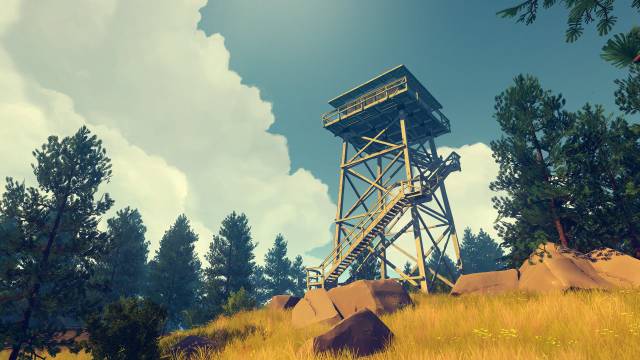
Another of the great examples of the genre is What Remains of Edith Finch, the acclaimed work of Giant Sparrow. With just one game behind them, this studio was able to create a masterpiece of the genre. So much so that, in addition to being nominated for numerous awards, it managed to snatch some as important as the BAFTA for best game of the year and the Game Award for best narrative, both in 2017, from games such as Super Mario Odyssey or The Legend of Zelda: Breath of the Wild.
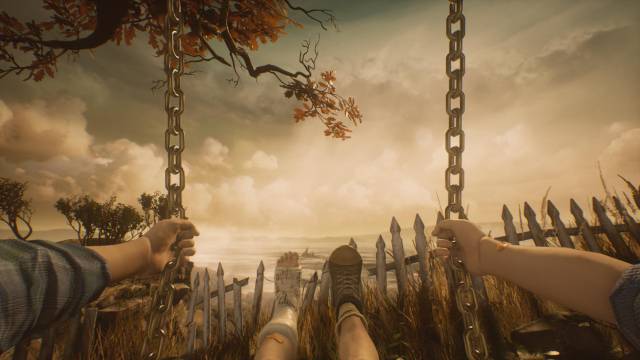
What Remains of Edith Finch makes us get into the shoes of Edith Finch, a young woman who returns to the family home to discover her daughter’s roots. The way to tell us the story of how each of the members of the family died is by getting into the shoes of all of them and starring in their last moments alive, all the time in the first person. It is precisely in this section, the narrative, that the greatness of What Remains of Edith resides: its ability to make us participate in the action. These and many other video games, such as Layers of Fear, The Stanley Parable, The Vanishing of Ethan Carter and The Town of the Light, to a greater or lesser extent, have had an impact on the evolution of both the genre and the industry and players.
The walking simulator problem
The main problem with this sub-genre is walking, a fact that diversifies players like no other does. Although it is practically impossible today to find specialized media that do not praise the benefits of games in this category, there are still a large number of people who detest them, not because they do not like it, but because of the supposed tendency to overvalue them that they believe exists. . It is precisely the latter that pushes the need, perhaps, for a new fixed category or label for the genre because, over the years, it has been improved and innovated to such an extent that it can beat other genres with triple A competitors, making there is no room for the slightest doubt that they are video games.
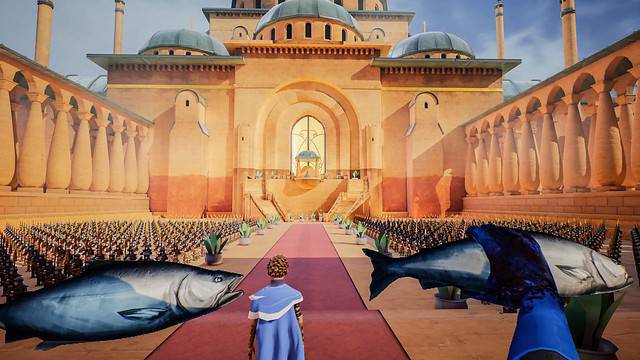
As the years have passed, the walking simulator subgenre has gained more and more followers and fans, broadening the definition of the video game, from physical and mental challenges to narrative experiences that generate emotional responses nuanced by the players themselves. Despite the large amount of criticism received by people who deny these games, ironically, the term walking simulator has been adopted by fans of the genre, becoming a neutral label, at least apparently.
However, universally, the term is still not well seen or accepted by a considerable part of the players, generating the debate that we talked about at the beginning of this article every time a game of this type is published. At this point, it is interesting to highlight a statement made by one of the creators of Dear Esther, Dan Pinchbeck: “the idea that games should defend themselves against innovation is something new, as well as being something with which I simply do not agree . It’s not a conversation that I remember having until a few years ago. “

According to Pinchbeck, it does not matter if those who criticize walking simulator games understand the genre or not, they must be clear that they are games to be with for a while. They are not less games because they have less mechanics than others or because there is no possibility of dying. They are games in which the above is meaningless. But it is a debate that will continue to take place as long as works of this genre continue to increase.
Faced with the question of whether a new label or category is necessary to designate this type of video game, that is, if it is fair to designate them as walking simulator games, it is difficult to find a correct answer, since, in reality, there is no definition or category unique to designate anything in the video game industry. It is easy to find video games that fit different genres. However, it seems clear that, with time and less and less, the term is used in a pejorative way.
Walker, there is no path, the path is made by walking
Therefore, walking simulators are video games that have to be understood as one more way of making art and an alternative within the industry, since these, emerged thanks to the constant development of independent video games in recent years especially, have no other objective than to tell a history in clever new ways with very simple elements. Despite the fact that there are developers, such as Eastshade Studios, who are afraid that their works could be categorized within this subgenre, others not only defend it, but continue to create works that consolidate it based on its characteristics.

